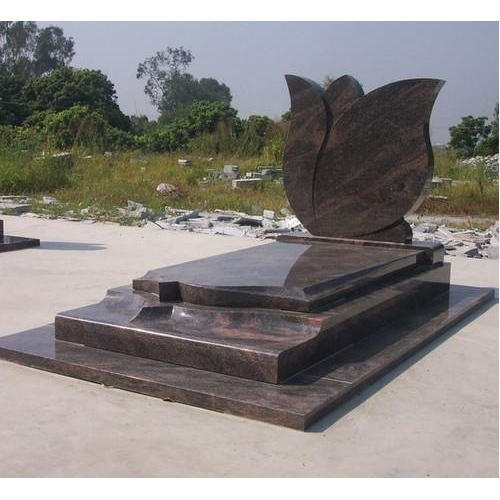Marble and Granite Monuments Manufacturing
The process of marble and granite monuments manufacturing involves a number of stages. The first step is to create the design of the monument. The design is then converted into a rubber stencil with an adhesive backing. The stencil is then cut out using a machine or X-Acto knife, and the monument is then placed in a blasting room. A blasting machine blows fine particles of abrasive against the granite to produce the desired result.

The stone industry was so powerful that it prohibited the production of monuments made of other materials. In response, the industry developed alternative materials such as zinc and aluminum. These metals were cheaper and lasted longer than marble and stone, and their hollow construction made them lighter. In fact, a monument made from metal would weigh 150 pounds, as compared to a stone monument that weighs a thousand pounds. A zinc monument is often distinguished by its blue gray cast. мемориальный комплекс на могилу
Despite the economic downturn, some monument makers are putting millions of dollars into manufacturing operations. Gherardi, for example, has purchased sandblasting equipment, a hydraulic stone splitter, and a variety of saws. Since last year, Gherardi has hired over 60 additional workers. The company expects its production to increase four to five days a week. And while some companies have closed because of the downturn, others are focusing on their existing clients and ensuring that they have adequate supplies.
For marble and granite monuments, a variety of finishes is available. There are lawn plaques, pillow markers, upright headstones, and companion monuments. Each of these styles is available in different color combinations. The materials used for monuments vary in price and appearance, but the cost will depend on how elaborate the design is. Sandstone, on the other hand, is available in elegant, light colors. Though durable, it is prone to loss of beauty when moisture penetrates its layers.
Unlike marble, granite is available locally. Using slate for headstones in the early days of New England made granite a viable option. However, it became outdated over time, and granite became the material of choice in 1850. Granite is more durable and more affordable. Granite is also a popular option for memorials, and it’s often a good choice for a budget-conscious consumer. However, some churchyards only accept granite headstones.
The history of marble and granite monuments manufacturing is complex and complicated. Many people are employed in this field, but there’s no need to worry. Today, thousands of people work in granite manufacturing in different countries. One example of the history of marble and granite monuments manufacturing is the discovery of sandblasting, which was first used to remove rust on metal objects. This process was developed by Benjamin Chew Tilghman, a soldier and inventor in the Civil War.
The process of manufacturing marble and granite monuments begins with the fabrication of the stone. Granite is cut to size using enormous circular saws with diamond tipped blades. The cutting process can take hours, and the finished product is shipped to the customer. The stone is then polished to a smooth finish. It’s important to keep in mind that granite is incredibly heavy and expensive to ship. Therefore, it’s important to choose a company that works with skilled craftsmen and can produce a marble or granite monument of the highest quality.
Reply